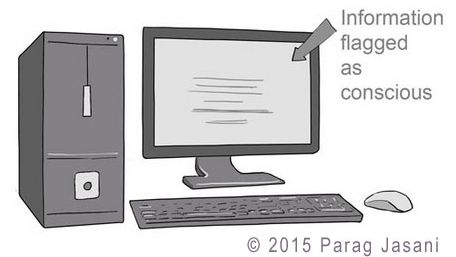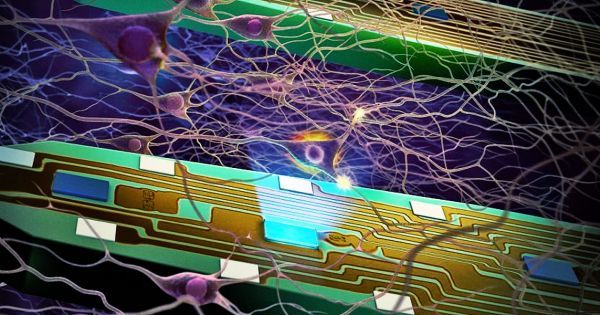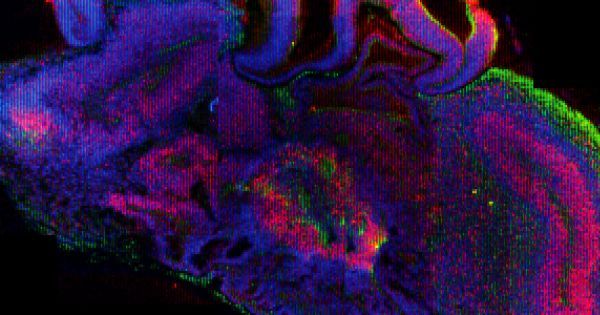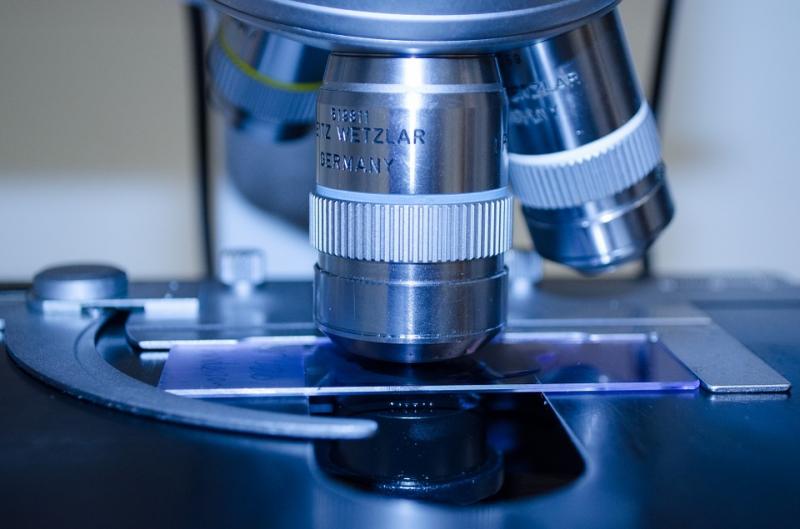Glioblastoma multiforme (GBM) is often difficult to treat due to an enzyme (endonuclease DFF40/CAD (Death Fragmentation Factor, 40 kDa subunit / Caspase-Activated DNase)). This enzyme, which is essential for degrading DNA during apoptosis, appears both downregulated and improperly located inside the tumour cells. The researchers observed that overexpression of the enzyme allows the glioblastoma cells to properly degrade their DNA content.
Glioblastoma is the most aggressive manifestation of brain tumours. Due to its high invasive capacity and uncontrolled, infiltrating growth, it is particularly difficult to manage. Currently, the treatment for this disease consists of a combination of surgery (when possible), radiation and chemotherapy. Although current therapy raises the overall survival of patients by around 15 months, it remains inefficient at eradicating tumour cells and, unfortunately, recurrences are another of this cancer’s characteristics.
A team of researchers from the Institute of Neuroscience at the UAB, together with the Hospital Universitari de Bellvitge — ICO, have identified a common molecular alteration in glioblastoma. The researchers observed that the cells of this type of tumour harbour a common intrinsic defect that prevents them from degrading their genetic material during apoptosis, the most important form of programmed cell death induced by radiotherapy and chemotherapy.
This defect is related to an enzyme: the endonuclease DFF40/CAD (Death Fragmentation Factor, 40 kDa subunit / Caspase-Activated DNase). This enzyme, which is essential for degrading DNA during apoptosis, appears both downregulated and improperly located inside the tumour cells when compared with non-tumoural cells. The researchers observed that overexpression of the enzyme allows the glioblastoma cells to properly degrade their DNA content as expected in an apoptotic cell death.
Read more








